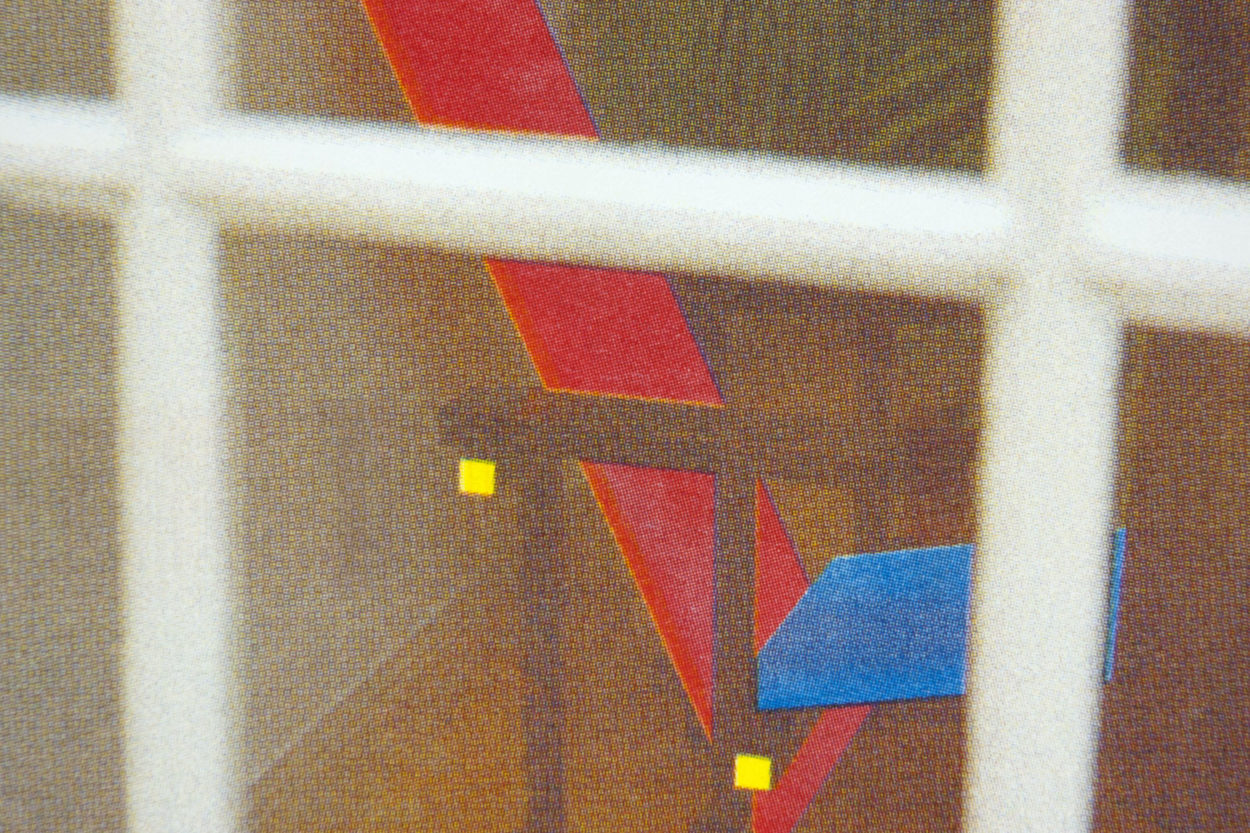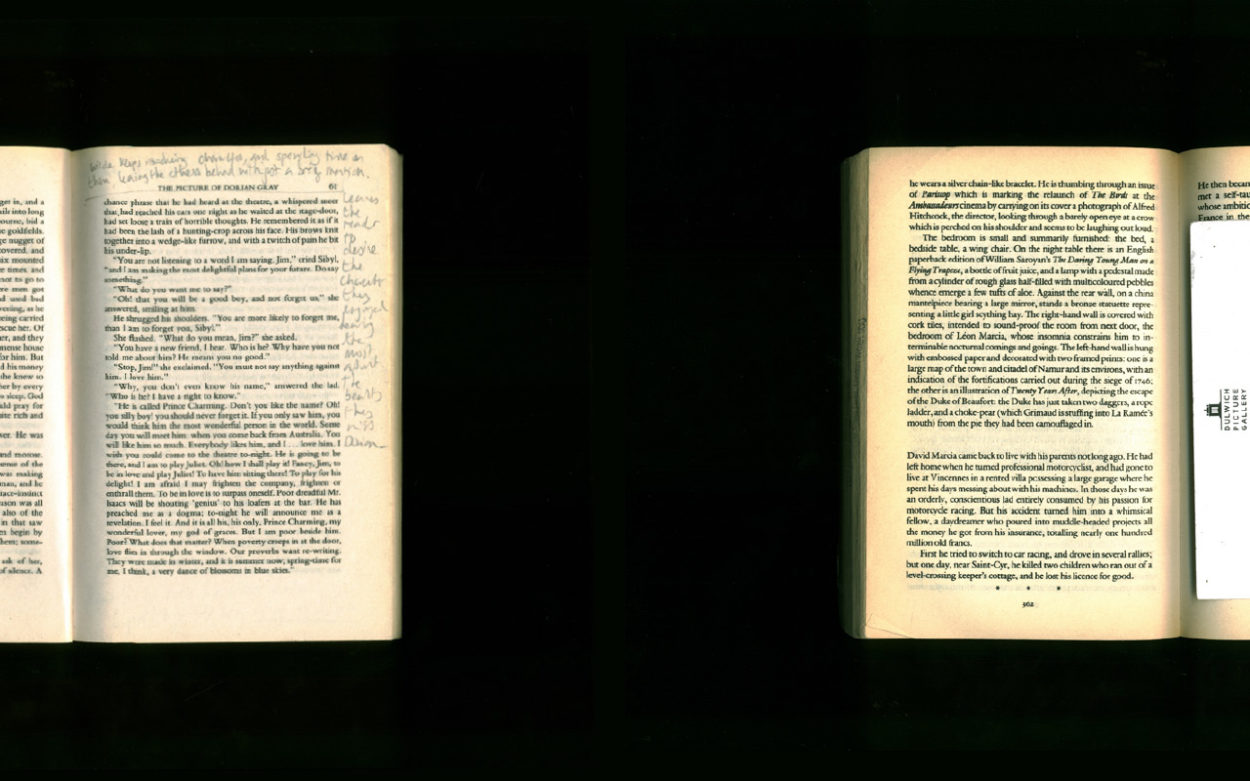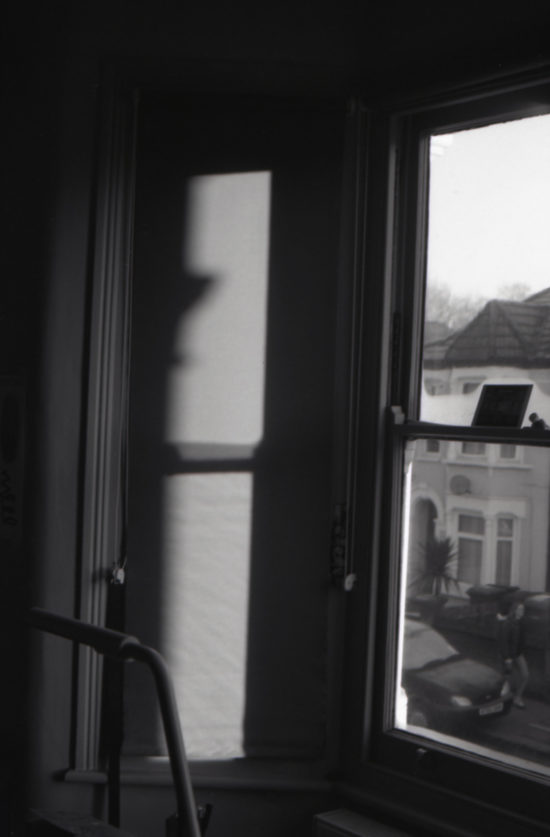Published
Published
Toward a Common Practice—Introduction
This paper presents practice and theory that inform a non-exhaustive proposal for alternative design practice. The research was not prompted by a moment of epiphany or driven by a focused line of enquiry. It was motivated by a deep, unarticulated sense of discontent and disempowerment with the conditions and systems of graphic design practice after ten years in industry. To provide brief geo-political context, it is worthwhile noting that I was raised in an apolitical family, studied a Bachelor of Design at the Queensland College of Art (2003-05) and have worked in permanent and freelance roles in Brisbane, Melbourne and London. My experience is primarily in editorial, exhibitions and branding within design studios, agencies and publishers.
Read morePublished
Toward a Common Practice—Chapter 1: Acceleration (or) Extraordinary popular delusions and the madness of crowds
While speed refers to the rate at which something occurs, the rate to which it now refers is almost exclusively quick. This simple transformation, that speed now means going fast, in itself speaks volumes of our accelerated age.
Jeremy Millar and Michiel Schwarz (1)

This chapter aims to validate a suspicion of acceleration; it argues our acclimatisation to this condition; expresses concern for its impact on the mind and body; and examines the three realms of conflict raised in the research question – individual reflection, labour and common space.
Published alongside a twinned exhibition at The Whitechapel and Photographer’s Galleries in 1998, Speed—Visions of an Accelerated Age gathers essays and art that address ‘the defining theme of our age’. Editors Millar and Schwarz write, ‘Speed is all around us; we can feel its effects even if we are unable to see it. Speed is both forceful and immaterial, like the turbulence from a moving vehicle, like the thrust of a jet, like a good idea. Speed can blow us away’. (3) Comparably, actress Fanny Kemble recounts her first railway journey in 1830, ‘You can’t imagine how strange it seemed to be, journeying on thus without any visible cause of progress other than the magical machine, with its flying white breath and rhythmical, unvarying pace’. (4) As speed continues to ‘blow us away’, it is no longer ‘strange’ but our habitual mode of existence.
Read morePublished
Toward a Common Practice—Chapter 2: Deceleration (or) Observations on the feeling of the beautiful and the sublime
This chapter explores walking as a method of deceleration; it traces the historical significance of walking for aesthetic pleasure; discusses examples of deceleration in art practice and contemporary culture; it interprets the ‘slow’ nature of walking; and finally, explains the use of digression and association as a strategy within the research.
I can only meditate when walking, when I stop I cease to think. My mind only works with my legs.
John Jacques Rousseau (1)
The intentional act of walking for aesthetic pleasure has a specific history within Western culture, beginning with ‘the wilful wanderer’ in the eighteenth century. Literary individuals sought to align themselves with the Sophists and Peripatetic school of Ancient Greece, and philosophical reflections on the intellectual benefits of walking were emerging from Burke, Kant and Rousseau (2). From the outset this particular type of walking was rooted in privilege. It is not the history of ‘the tramps, the hobos, the vagrants, the dispossessed, the fugitives, the harmed and the jobless’ (3). Being freely chosen, it was mostly undertaken by a healthy, white, educated male of a certain social and financial standing that permitted reasonable free time, access and safety.
The transformation of the private garden from ‘the formal and highly structured, to the informal and naturalistic’ simultaneously fostered the democratisation of walking practices (4). The medieval garden was situated within a walled fortress in which occupants reclined, in conversation or listening to music. The Renaissance and Baroque gardens complemented safer, more palatial residences that encouraged sitting and walking, however, the order and geometry imposed on the landscape promoted formality rather than autonomous experience. In the eighteenth century, walls were substituted for the ha-ha, an inconspicuous ditch marking the perimeter of the property and enabling views of the countryside beyond. Winding paths were introduced and sculpture was curtailed – ‘the subject of gardens was becoming nature itself’ known as the Jardin Anglais (5). Notably, the burgeoning interest in nature that empowered unprecedented physical and mental freedoms coincided with the onset of the industrial revolution. And while it began as an aristocratic preoccupation, its inherent accessibility made it popular amongst the working class too.
Read morePublished
Toward a Common Practice—Chapter 3: Digression (or) A portrait of the artist as a young man
This chapter considers how digression might manifest in design practice; it briefly considers the historical role of design in society; it offers examples of designers exploring alternative modes of practice; it provides definitions of digression and association; and outlines how this might inform a positioning of practice – fields of interest, research methods, disciplines, process and organisation.

The Rietveld Chair, captured here in Red, Yellow, Blue is an exemplar of De Stijl aims – to create a universal visual language from asymmetrical planes of primary colour (1).
In the first half of the twentieth century the Constructivists, De Stijl and Bauhaus made attempts to improve everyday life through design. In the second half, the discipline became entwined with commerce – fostering the prevailing misconception that this is its sole function (2). Design as an economic service is, most often, consistent with the view of it being a problem-solving activity. Ana Paula Pais of Slow Research Lab takes a divergent position. She writes, ‘design(ing) entails locating, and challenging the conditions of our current realities while creating alternative conditions that allow for new realities to happen’ (3). Here, we see design defined as a problem-setting activity, one that questions existing power structures, rather than perpetuating them. Jack Self expands, ‘Kant says that ethics and aesthetics are one. When you make an aesthetic proposition, you’re also making a moral and an ethical proposition, and you’re expressing your ideas about the world through that form’ (4). How might a commercial practice be ethically responsible? And how might a research practice remain economically viable?
Read morePublished
Toward a Common Practice—Concluding Statement
In this research paper I have established that the literary strategies of digression and association, rooted in the act of walking, provide possible (if but theoretical) ways for an alternative design practice to consider the states of individual reflection, labour and common space for both designers and users.
As outlined in Extraordinary popular delusions… we live in an ‘accelerated age’ (1), shaped by technological progress and economic policies that are subservient to market forces. Within this context, graphic design is positioned as an invaluable tool in the unbridled commodification of everyday life and the reinforcement of dominant power structures. Lamentably, Late Capitalism is so insidiously inextricable from daily norms that its manifestations can be difficult to identify, examine and challenge – our passivity and disempowerment contributing to its success. Good design is good business, but as practitioners we often neglect to ask ‘…for whom?’.
Read morePublished
A digressive practice
This statement of intention, written for assessment purposes during post-graduate design research, lived on a website that formed the practical outcome. The website was the first use-case of adopting an index, as its means of navigation, to organise knowledge.
I am an Australian designer based in London. I am interested in graphic design: as a form of critical analysis and inquiry; applied to everyday social conditions and values; and unfolding as artefacts and experiences. My work is informed by a curiosity for people and place, language and landscape.

Common Practice presents an intention, a methodology and a terrain. It is a proposition for a design studio and ongoing research concern which:
Read morePublished
Lines not short, not straight, crossing and touching
A meditation on the verb ‘to traverse’, written during post-graduate research exploring connections between walking and labour.
In an increasingly dematerialised and production-oriented culture, how might the act of traversing inform the possibilities of labour?
Walking shares with making and working that crucial element of engagement of the body and the mind with the world, of knowing the world through the body and the body through the world.
Rebecca Solnit in Wanderlust(1), pg. 29
Despite, or perhaps because of, its infrequent appearance in the landscape of everyday language, the verb ‘traverse’ pleases both the ear and the mind. Tongue pressed briefly to the roof of the mouth, T–R–A, like a plucked guitar. Then a bitten lip, a fling and a hiss, V–ER–SE. My delivery is voiced with an emphasis on the second syllable, TRA–VERSE, disclosing geographic origins and at the same time performing. A phoneme thrown, outstretched, into the nearby yonder.
To traverse is, at the very least, to set out. The Oxford English Dictionary outlines it as ‘travel across or through’, which points past any modest beginning to a centre. But what is the quantifiable breadth of across? And what, in fact, are we travelling through? If I step onto the porch, have I traversed? Or must I also progress past the door? And the foyer? And the hall? It’s difficult to comprehend the scope of this centre in an age that offers return flights to Ibiza for the price of a Uniqlo t-shirt.
Read morePublished
Published
Nerdburger
So I’ve been thinking about further study for awhile, but I don’t know where to do it. Here’s my tally of interesting graduates and/or institutions they have been associated with:
Sara de Bondt – St Lukas / Jan Van Eyck
Paul Bailey – Central Saint Martins
Fraser Muggeridge – University of Reading
Stuart Bailey – University of Reading / Werkplaats Typografie
James Goggin – RCA / Werkplaats Typografie
Karel Martens – Jan Van Eyck / Werkplaats Typografie
Paulus Dreibholz – Central Saint Martins
Armand Mevis – Gerrit Rietveld / Werkplaats Typografie / Yale
Paul Elliman – Werkplaats Typografie / Yale
Na Kim – Werkplaats Typografie
Anthony Froshaug – Central Saint Martins / Royal College of Art
Who wins? Yet to be decided.
